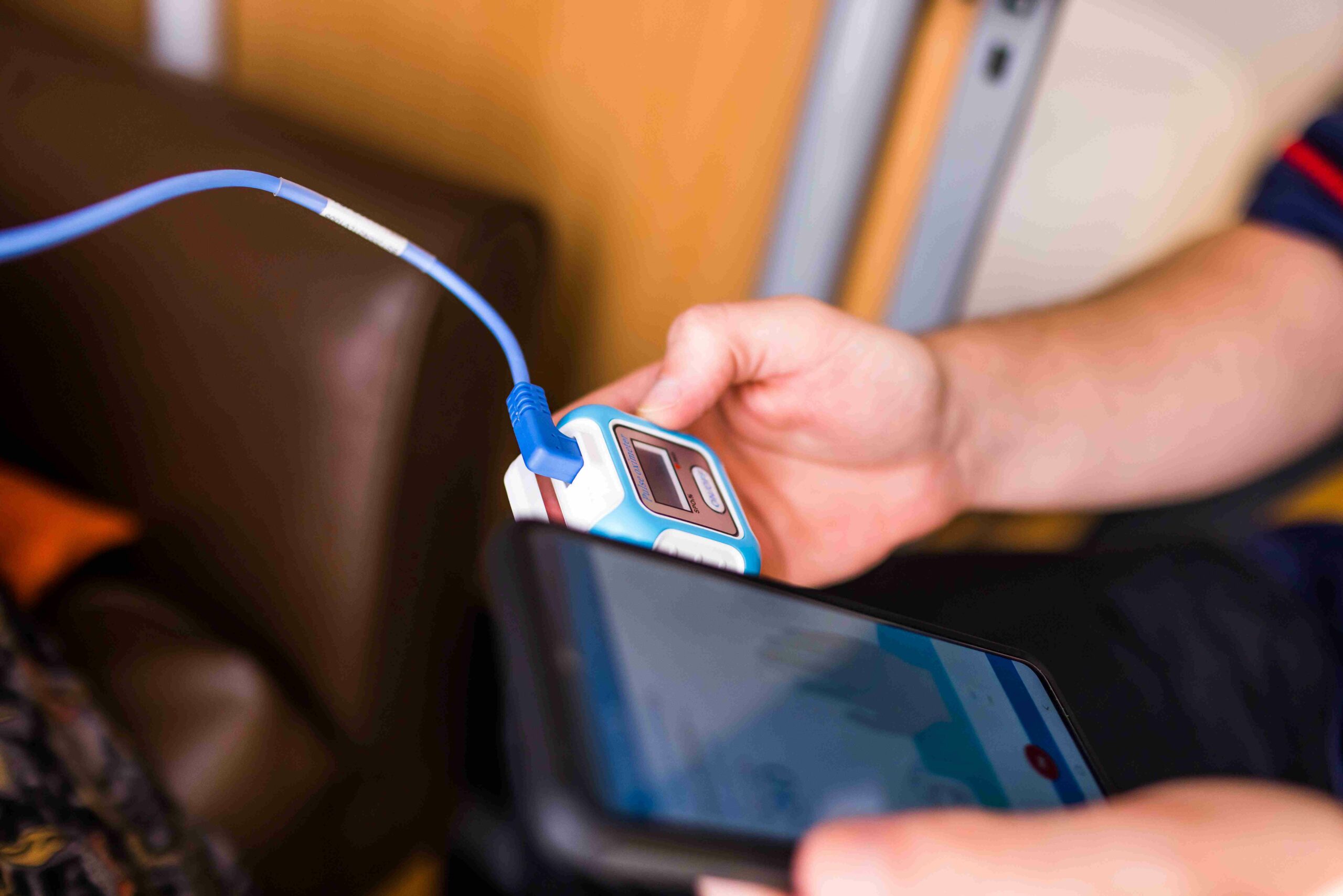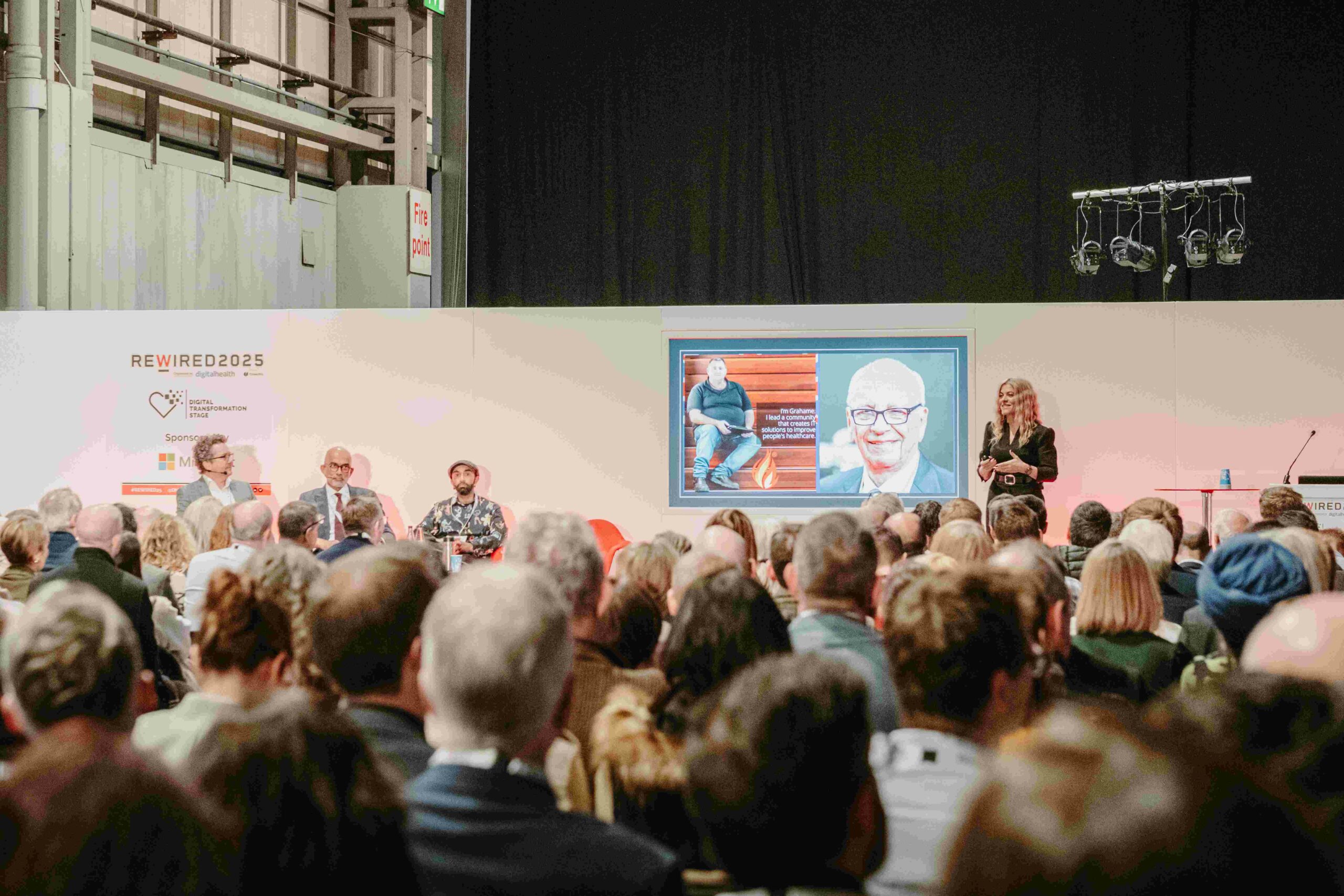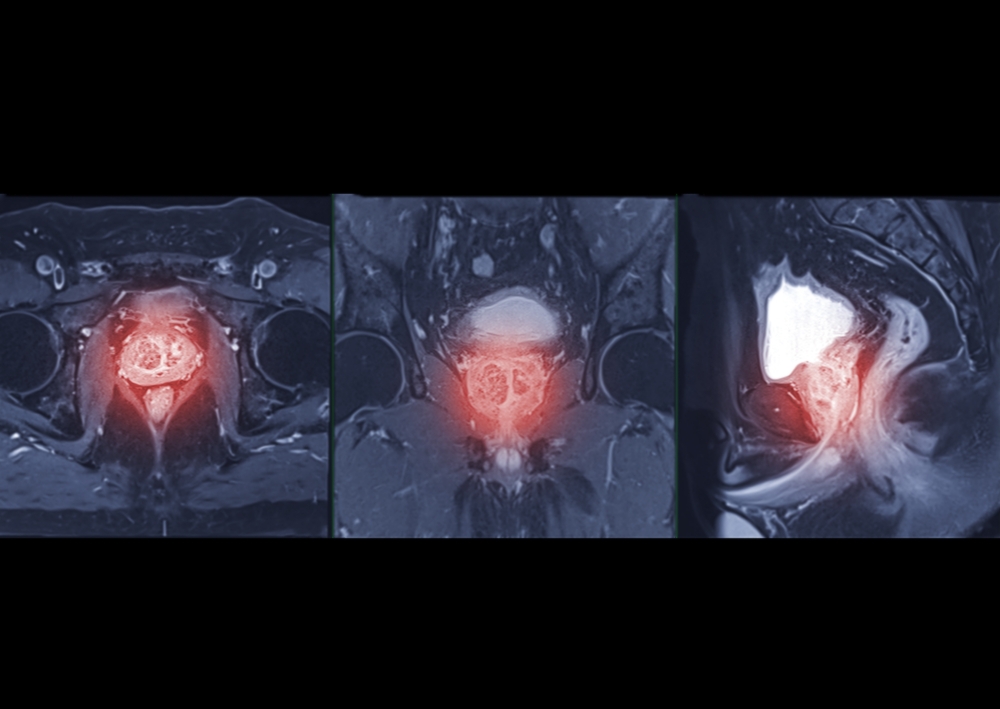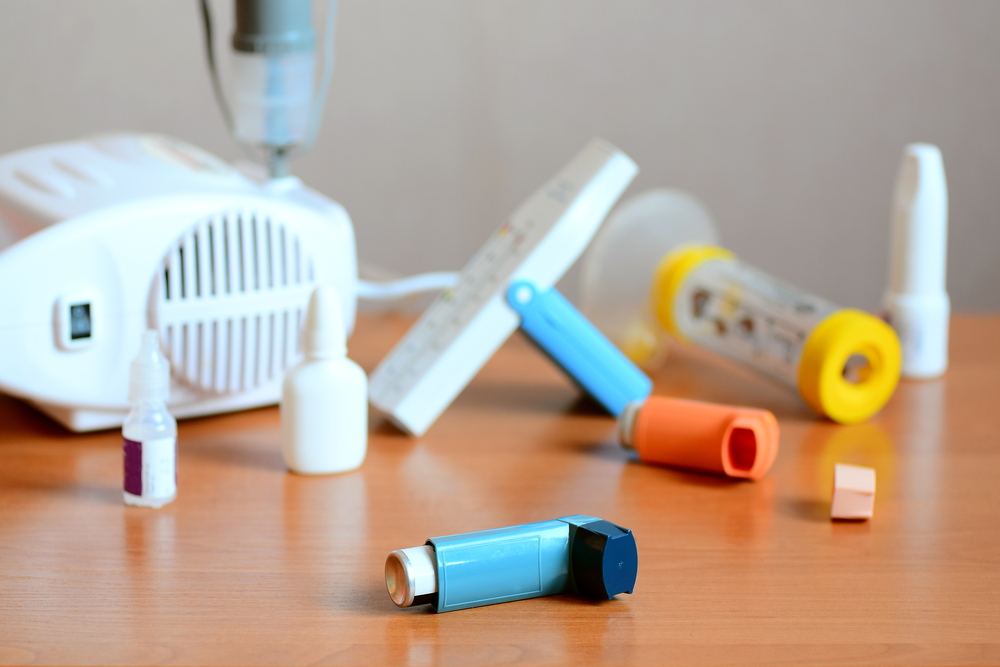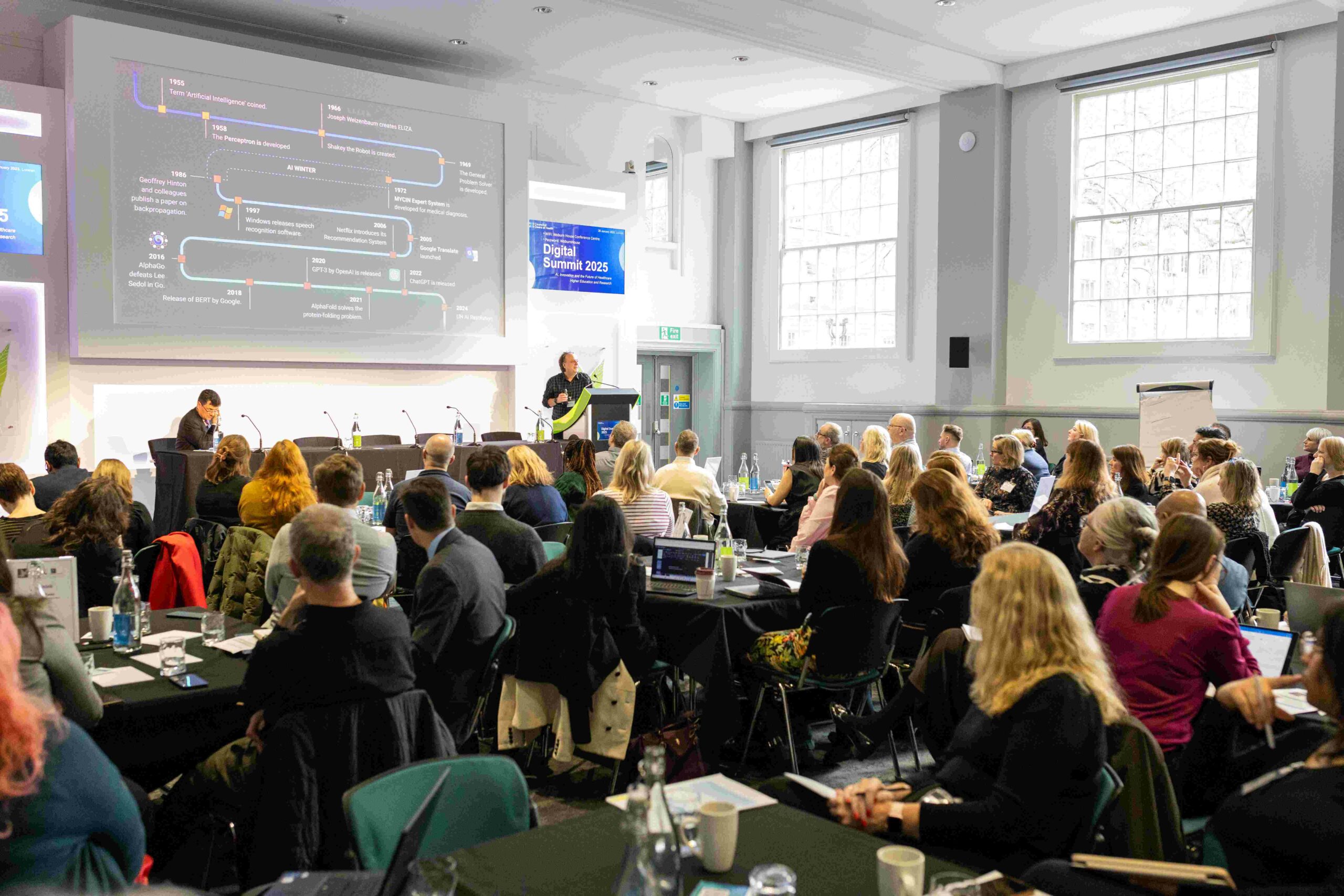MSE FT deploys AI-powered MyStaff App to boost compliance and efficiency

With mounting pressure on nursing staff and increasing emphasis on patient safety protocols, the MyStaff App ensures that every healthcare professional has instant access to the most current clinical guidelines, reducing the risk of outdated information impacting patient care.
An AI-driven document management solution is demonstrating efficiency across NHS frontline services, reducing average document retrieval times from 10 minutes to just 30 seconds and unlocking 140,000 additional hours for patient care at Mid and South Essex NHS Foundation Trust (MSE FT).
The MyStaff App, developed in partnership with Diligram, is a cutting-edge digital governance tool designed to simplify access to over 1,500 policies, procedures, and patient care guidelines. By integrating AI-powered search, real-time updates, and mobile-first design, the app is dramatically improving workflow efficiency, reducing risk, and setting a new benchmark for digital transformation in the NHS.
With 90 per cent of the Trust’s 15,000-strong workforce actively using MyStaff App, MSE FT has demonstrated how digital innovation can drive faster, safer, and more streamlined operations across healthcare settings.
Historically, NHS staff have had to navigate outdated, fragmented systems to locate essential documents –leading to wasted time, inconsistent guideline adherence, and increased clinical risk. Before MyStaff App’s implementation, healthcare professionals at MSE FT spent an average of 10 minutes searching for a single document, adding unnecessary delays to decision-making and patient care.
Matthew Hopkins, CEO of MSE FT, explained why the Trust prioritised digital transformation: “One of the biggest inefficiencies in the NHS is time spent navigating multiple systems just to find key policies and clinical guidelines. By using AI to streamline access to critical information, we’re not only saving time but also improving compliance, patient safety, and governance across the Trust.”
Since rolling out MyStaff App in January 2024, staff adoption has risen by 78 per cent, with more than 864 documents accessed every day. These figures highlight a demand for smarter, AI-powered solutions to improve efficiency across NHS frontline services.
MyStaff App’s most significant advantage lies in its advanced AI search functionality, which allows users to retrieve the latest policies and procedures in under 30 seconds. This represents a 95 per cent reduction in search time, drastically minimising interruptions to patient care. The app’s intelligent indexing and natural language processing (NLP) capabilities mean that healthcare professionals can search for information using everyday language, removing the need for complex keyword-based queries.
Describing the impact of instant access to patient information leaflets, Dr Alex Hieatt, Consultant in Emergency Medicine at MSE FT, said: “Having immediate digital access to policies and patient information has transformed the way we work. It reduces delays, ensures patients receive guidance faster, and improves overall safety and efficiency.”
This is particularly valuable in high-pressure environments such as emergency departments, critical care and maternity services, where staff need to make rapid, evidence-based decisions without being slowed down by administrative barriers.
Beyond efficiency, MyStaff App is also enhancing governance and compliance. Before the app’s introduction, guideline compliance at MSE FT stood at 76 per cent. Since adoption, compliance rates have surged to 98 per cent and have remained consistently high for over six months.
Harriet Dobbs, Matron in Antenatal and Postnatal Services, highlighted how digital transformation is reducing clinical variation and improving consistency in patient care: “Having a single source of truth for policies means that when a guideline is updated, every nurse and doctor is working from the most current version. That kind of real-time synchronisation is critical for patient safety and regulatory compliance.”
With real-time audit tracking, MyStaff App allows healthcare leaders to monitor which documents are being accessed, when, and by whom – providing unprecedented visibility into workforce engagement and compliance levels.
As part of the NHS’s £2 billion digital transformation strategy, AI-powered solutions like MyStaff App are playing a crucial role in modernising outdated processes, improving workforce efficiency, and ensuring greater transparency in hospital operations.
Leslie Golding, CEO of Diligram, believes AI-driven automation is the future of NHS digital governance. She commented: “The NHS generates vast amounts of data every day, yet outdated systems mean much of that information is difficult to access or underutilised. MyStaff App is designed to bridge this gap, providing AI-powered automation that makes policy retrieval faster, compliance tracking smarter, and healthcare workflows more efficient.”
Unlike traditional document management systems, MyStaff App is fully optimised for mobile use, ensuring frontline staff can access guidelines from anywhere, at any time—whether on ward rounds, in theatres, or during patient consultations.
The success of MyStaff App at MSE FT has already led to wider adoption, with University Hospitals Bristol and Weston NHS Foundation Trust (UHBW) rolling out the system.
As NHS organisations continue to seek scalable, high-impact digital solutions, MyStaff App’s proven efficiency gains and compliance improvements make it an attractive model for national implementation.
Matthew Hopkins sees MyStaff App as a blueprint for NHS-wide transformation. He said: “One of the biggest inefficiencies in the NHS is time spent navigating multiple systems just to find key policies and clinical guidelines. By using AI to streamline access to critical information, we’re not only saving time but also improving compliance, patient safety, and governance across the Trust.”
With NHS leaders pushing for greater automation, better data management, and AI-enhanced decision-making, MyStaff App is part of a broader shift towards intelligent, integrated digital ecosystems in healthcare.
Key priorities for the next phase of NHS digital transformation include:
- Further AI-driven automation to streamline document approval workflows
- Integration with wider NHS systems for seamless interoperability
- Enhanced analytics to provide Trust leaders with deeper insights into staff engagement and compliance trends
As demand for smarter, AI-powered solutions grows, MyStaff App is proving that real-world digital innovation is possible and already making a measurable impact on NHS frontline efficiency.
